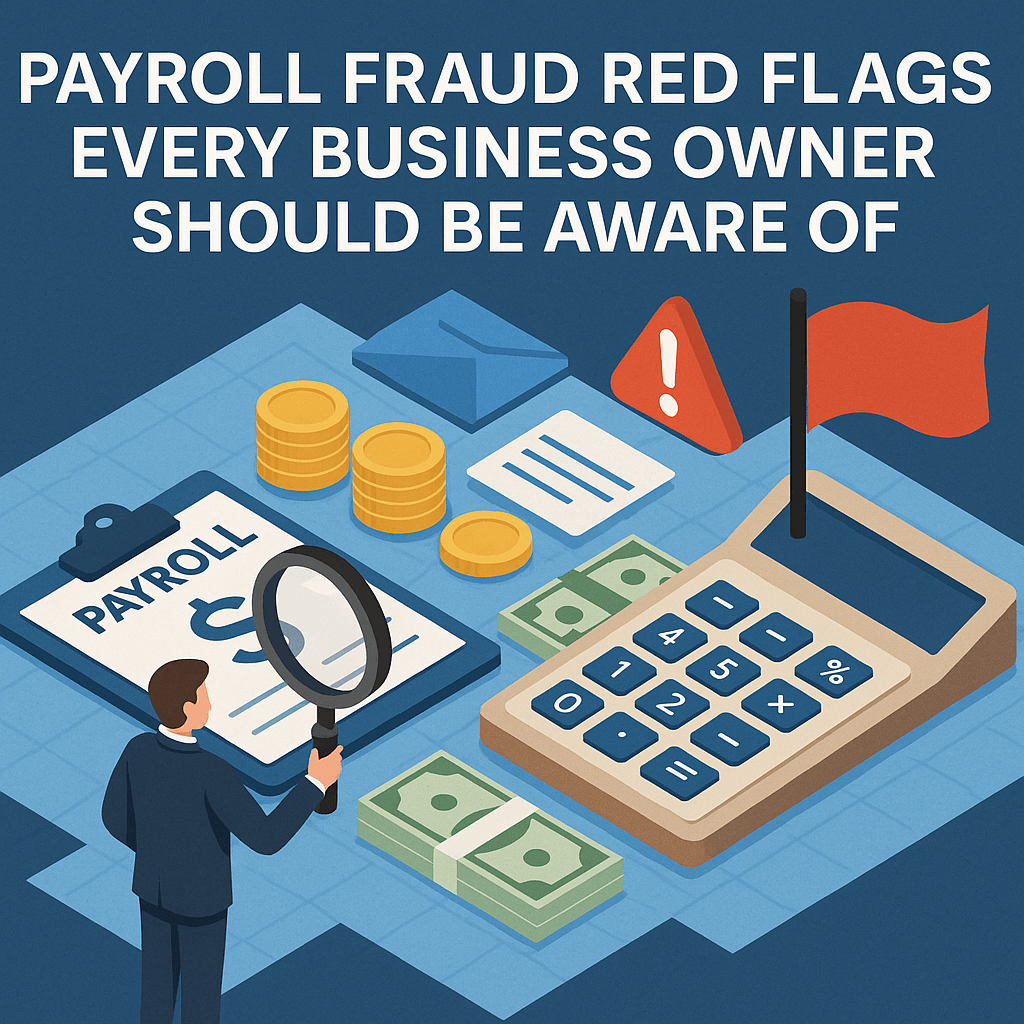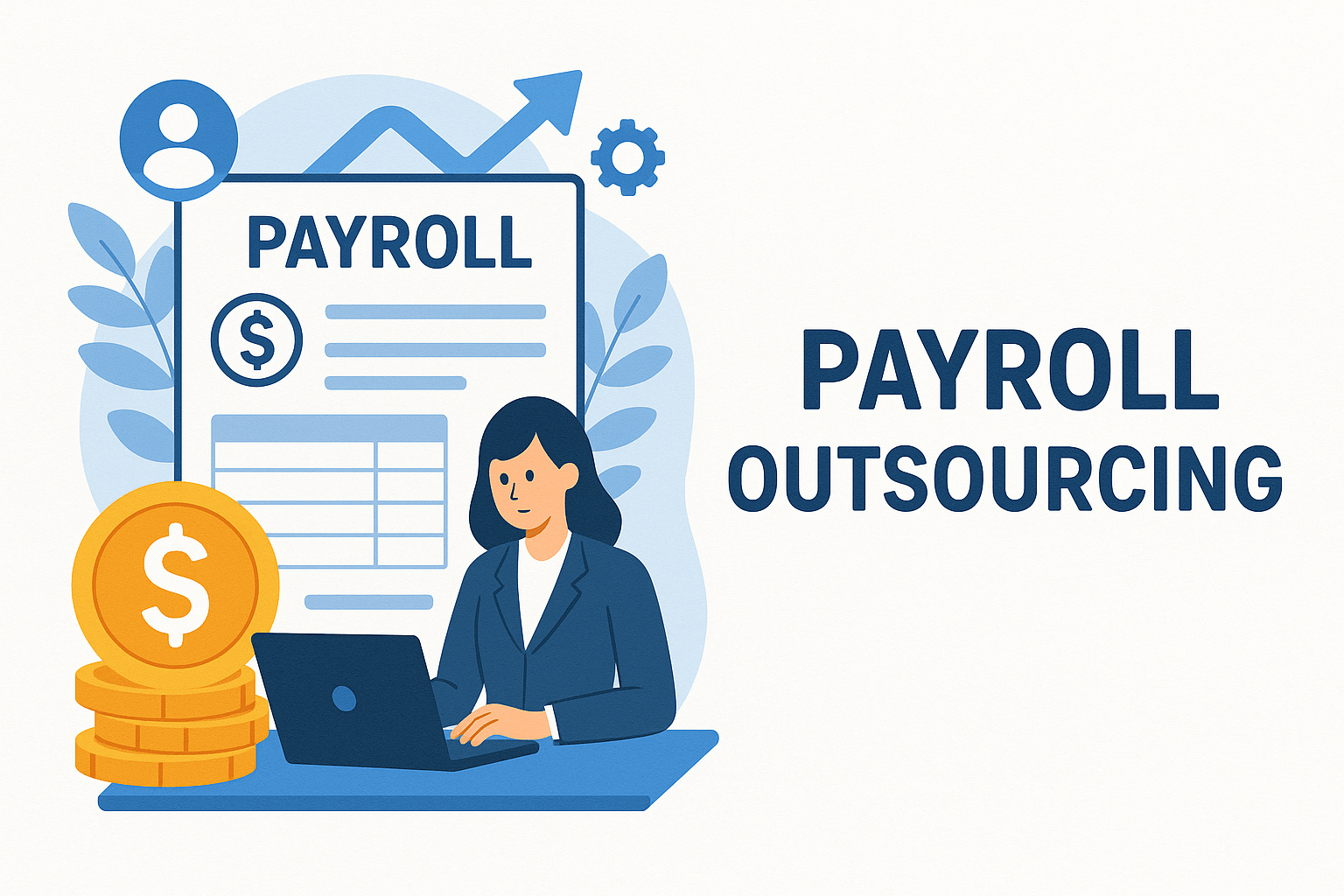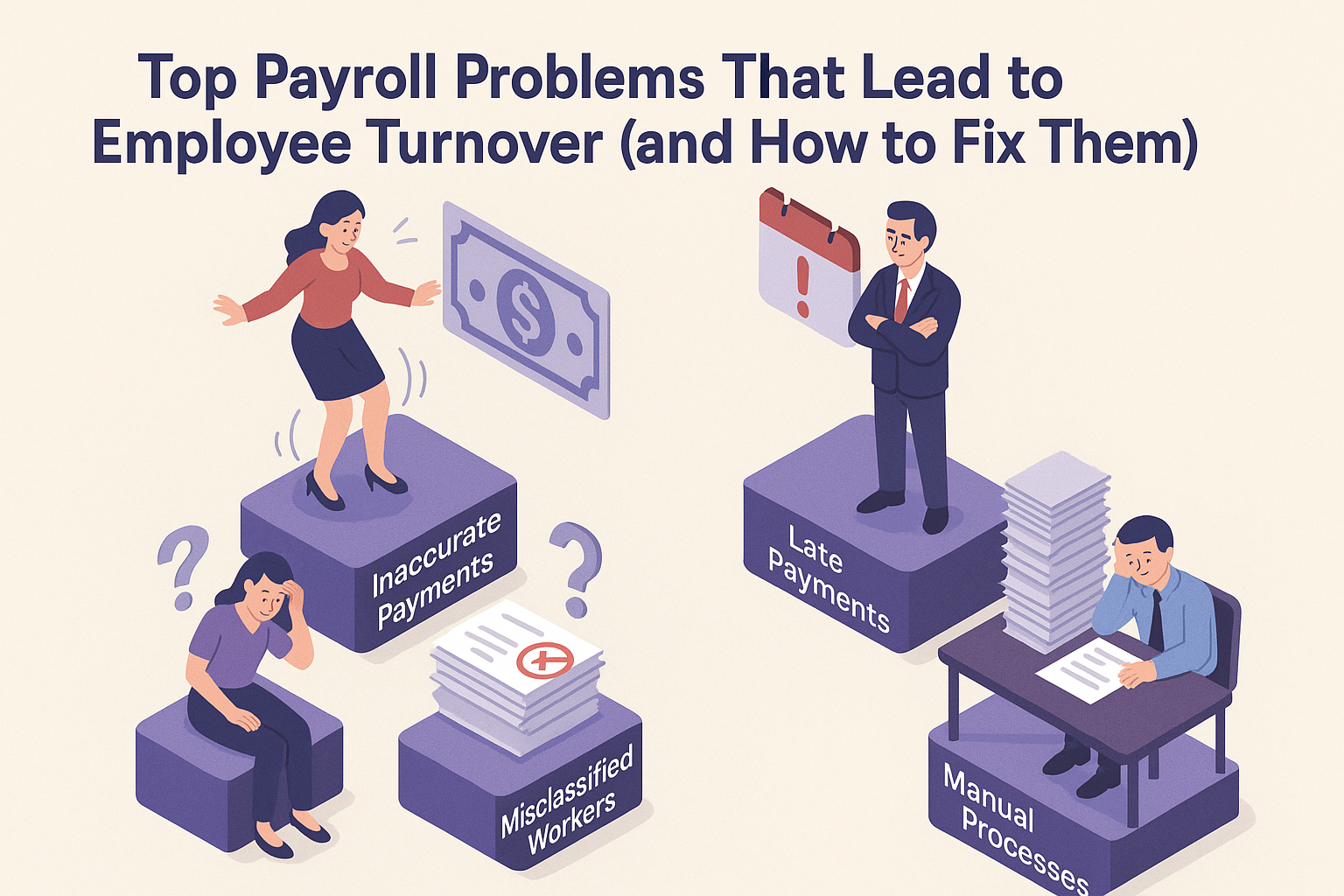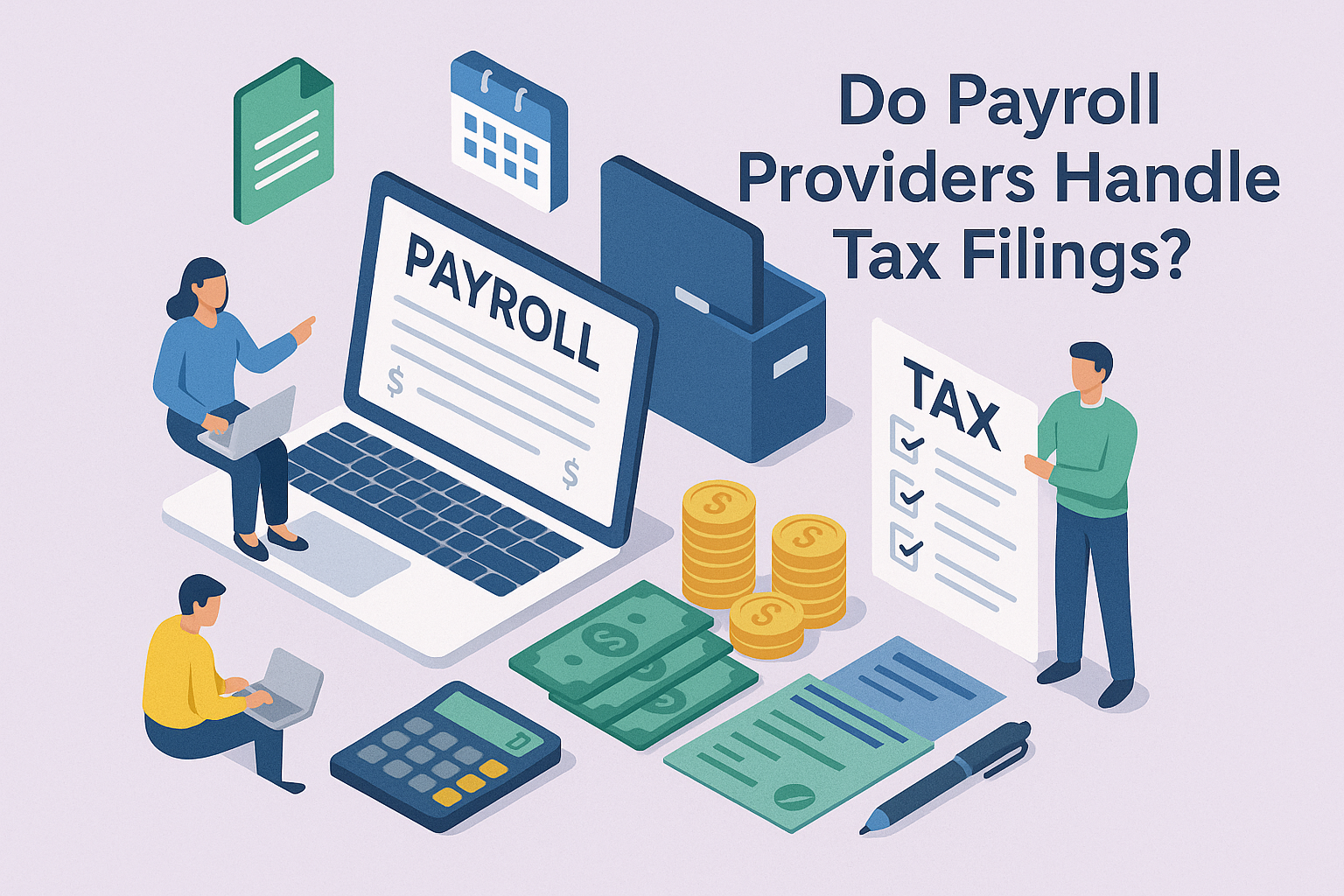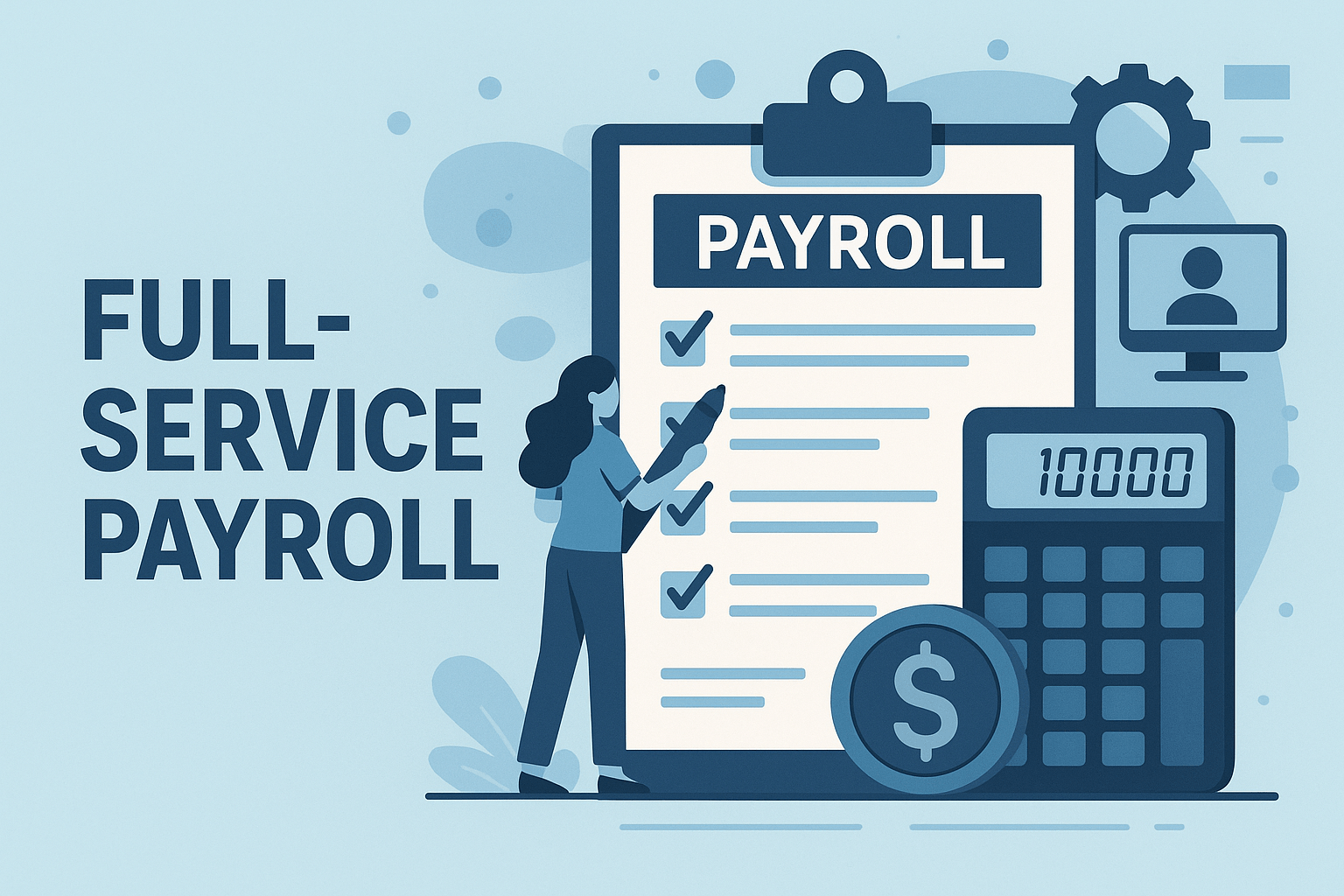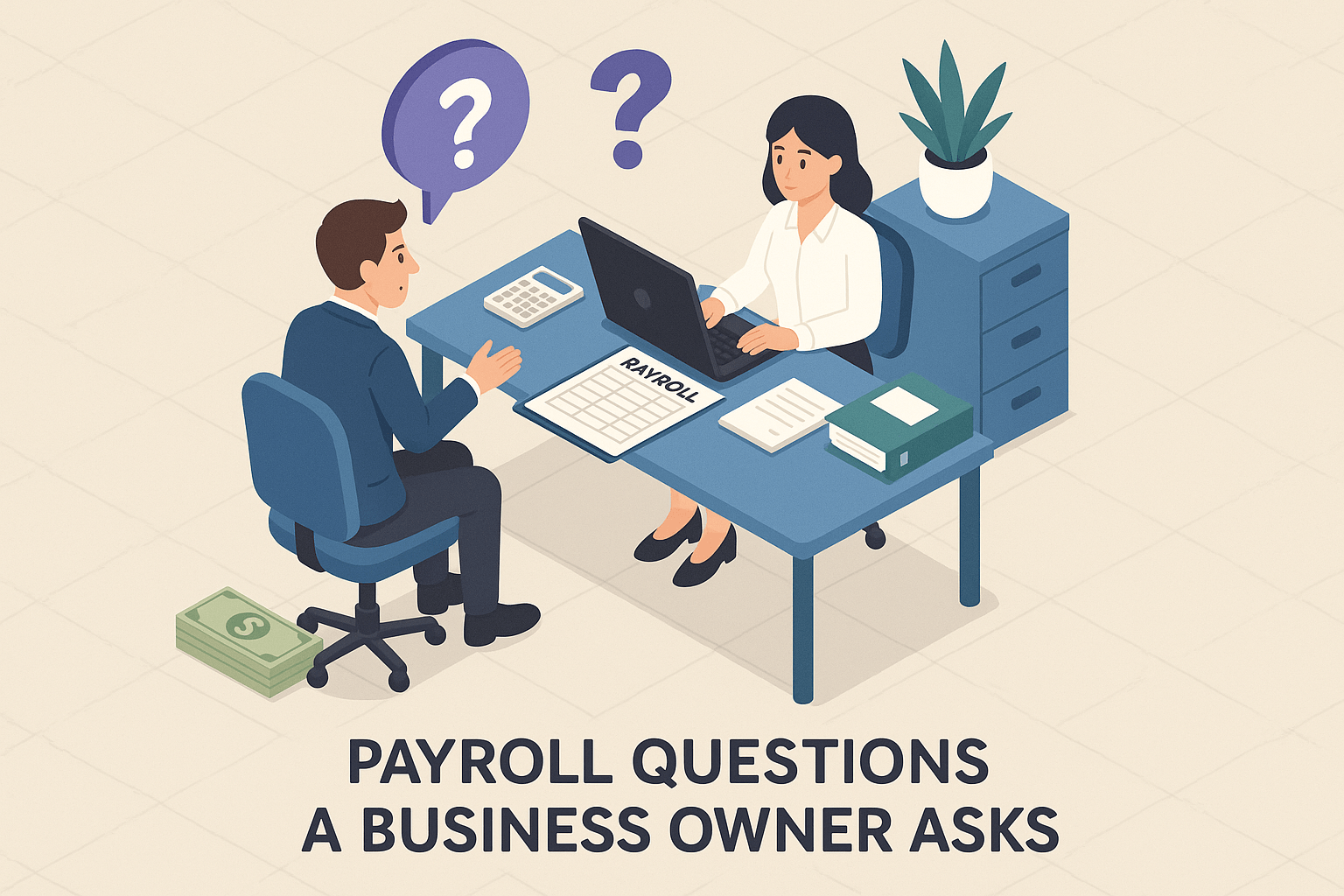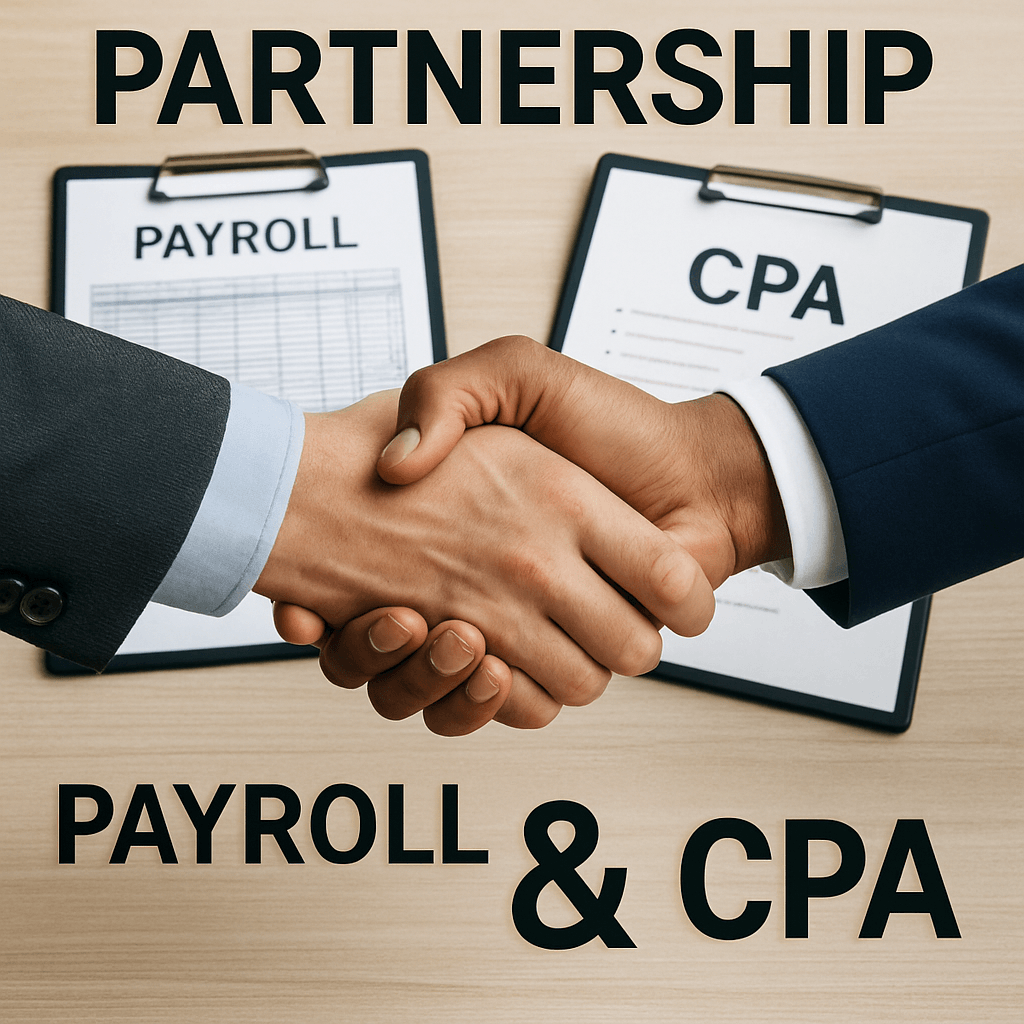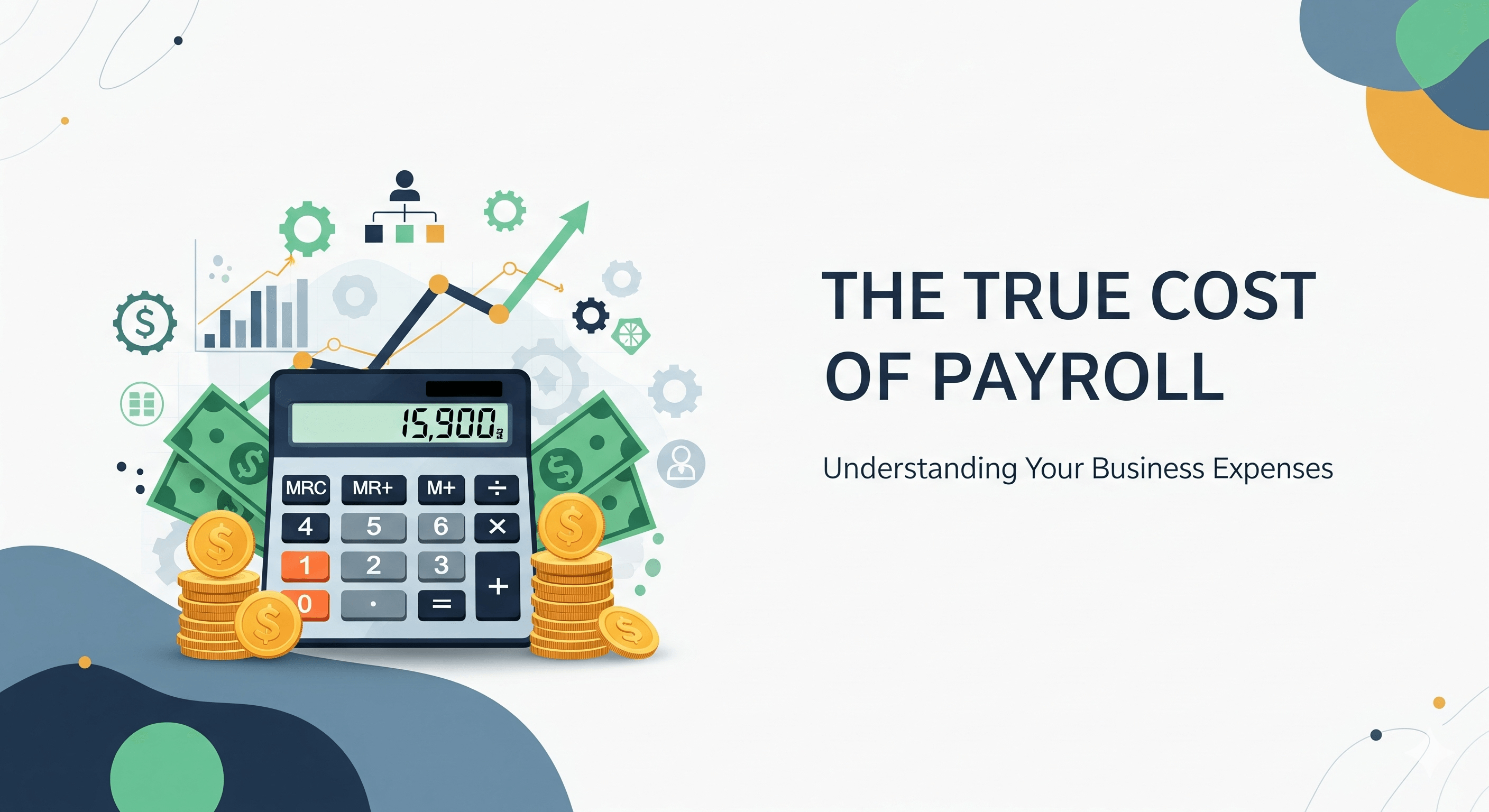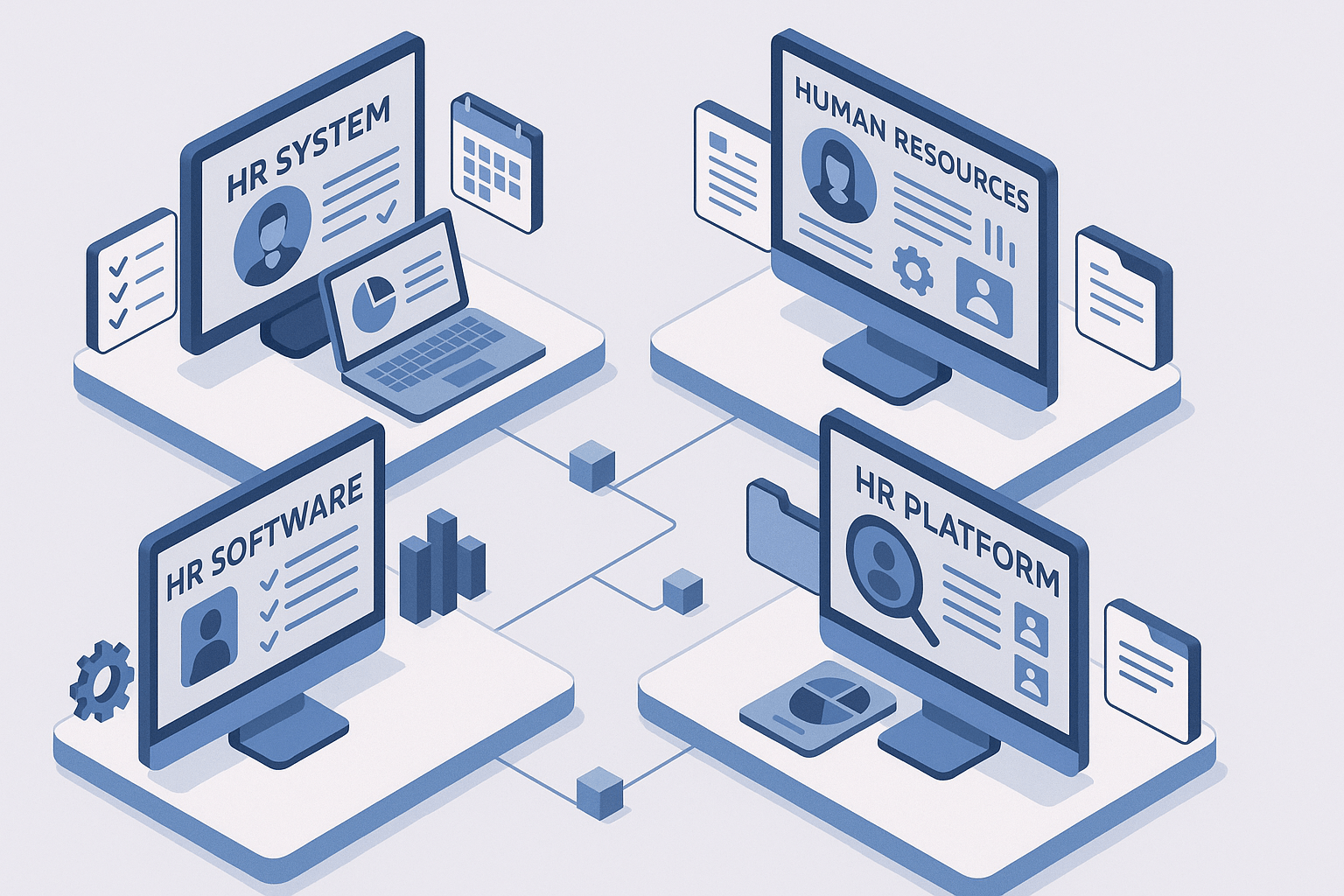Payroll Service Pricing: Per-Process vs. Per-Employee-Per-Month (PEPM)
March 21st, 2025
6 min read
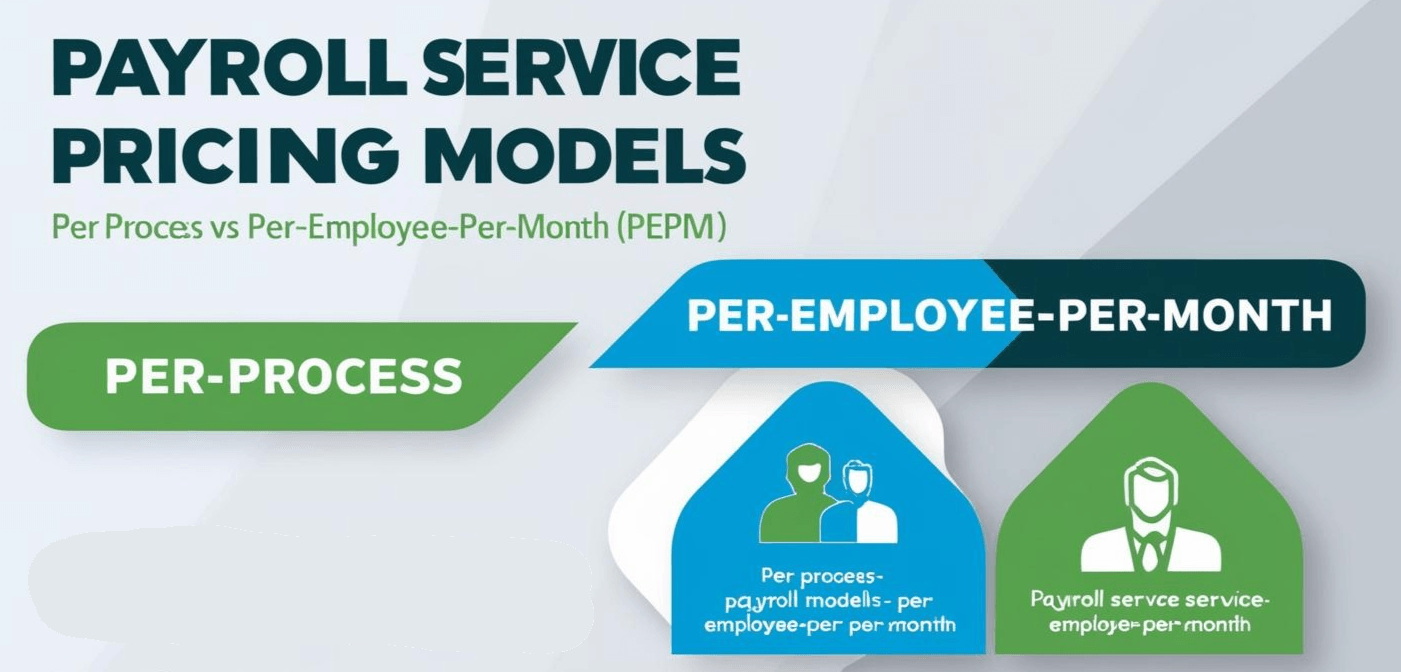
When searching for the right payroll provider for your business, understanding pricing models is crucial for making a cost-effective decision. With 61% of small businesses outsourcing their payroll according to the National Small Business Association, knowing how these services are priced can significantly impact your bottom line.
At Lift HCM, we’ve worked with businesses of all sizes to simplify their payroll processes and demystify the costs. In this article, we'll analyze the two predominant pricing structures in the payroll industry: Per-Process and Per-Employee-Per-Month (PEPM). By the end, you'll have the knowledge to select the model that best aligns with your business size, growth trajectory, and financial goals.
Table of Contents
- What Is the Per-Process Payroll Model?
- What Is the Per-Employee-Per-Month (PEPM) Pricing Model?
- Cost Comparison Analysis
- Hidden Costs and Fees to Watch For
- Which Pricing Model Is Right for Your Business?
- Essential Questions to Ask Potential Payroll Providers
- Industry Trends in Payroll Pricing
- ROI Considerations Beyond Price
- Ready to Choose the Right Payroll Pricing Model?
What Is the Per-Process Payroll Model?
Per-process pricing operates on a transactional basis – you pay a fee each time you run payroll. This typically includes a base processing fee plus an additional charge for each check or direct deposit processed during a pay period.
How Per-Process Pricing Works in Practice
With per-process pricing, your payroll costs are directly tied to your payroll frequency and employee count. Here's how the calculation typically breaks down:
- Base processing fee: $45-75 per payroll run
- Per-check fee: $2-5 per employee paid
- Additional transaction fees: Variable costs for tax filings, special reports, etc.
Example Calculation: For a business with 25 employees running semi-monthly payroll (24 pay periods annually):
Monthly Cost = (Base fee × Number of pay periods) + (Per-check fee × Number of employees × Number of pay periods)
- Base fee: $50 × 2 = $100
- Per-check fee: $3 × 25 employees × 2 pay periods = $150
- Total monthly cost: $250
- Annual cost: $3,000
📉 Real-World Data Point: According to a 2024 survey by Payroll Services Alliance, businesses with fewer than 10 employees typically spend 20% less with per-process pricing compared to PEPM models.
Advantages of Per-Process Pricing
- Cost-effective for smaller teams: Businesses with fewer than 15 employees often find this model more affordable.
- Predictable costs for stable workforces: With consistent headcount and payroll frequency, costs remain steady and predictable.
- Pay only for active employees: Seasonal businesses benefit from only paying for employees who receive paychecks during active periods.
- Flexibility in payroll frequency: You can adjust payroll frequency without changing your pricing structure.
Disadvantages of Per-Process Pricing
- Accelerating costs with growth: As you hire more employees, costs increase proportionally and can quickly surpass PEPM pricing.
- Budget variability: Fluctuating headcounts or special payroll runs can make monthly costs unpredictable.
- Hidden fees: Many per-process providers charge additional fees for services like tax filings, year-end W-2 processing, and off-cycle payments.
- Complex billing structure: Multiple line items and variable costs can make it difficult to audit your payroll expenses.
Graph showing how per-process pricing costs increase with employee count across different payroll frequencies
What Is the Per-Employee-Per-Month (PEPM) Pricing Model?
PEPM pricing follows a subscription-based approach where you pay a fixed monthly fee based on the number of active employees in your system. This model has gained popularity due to its simplicity and predictability, now used by approximately 68% of mid-sized payroll providers according to Payroll Industry Analytics.
How PEPM Pricing Works in Practice
With PEPM pricing, your monthly bill calculation is straightforward:
- Base platform fee: $40-100 monthly
- Per-employee fee: $5-15 per employee per month
- Optional add-on services: Additional costs for enhanced features
Example Calculation: For a business with 25 employees:
Monthly Cost = Base platform fee + (Per-employee fee × Number of employees)
- Base platform fee: $50
- Per-employee fee: $8 × 25 employees = $200
- Total monthly cost: $250
- Annual cost: $3,000
💡 Industry Insight: The average PEPM rate decreased by 7% between 2023 and 2025 due to increased competition among cloud-based providers, according to the Association of Payroll Specialists.
Advantages of PEPM Pricing
- Budget predictability: Fixed monthly costs make financial planning simpler and more accurate.
- Value for high-frequency payroll: If you run weekly payroll, PEPM typically offers significant savings compared to per-process pricing.
- All-inclusive packages: PEPM models often bundle services that would incur additional fees under per-process pricing, such as:
- Tax filings and payments
- Year-end processing (W-2s, 1099s)
- Compliance updates
- Basic HR functions and reporting
- Scalable cost structure: As your business grows, your costs increase more gradually and predictably.
- Simplified invoicing: Clear, consistent monthly bills make accounting easier.
Disadvantages of PEPM Pricing
- Potentially higher entry costs: Businesses with very few employees might pay more initially under PEPM models.
- Charges for inactive employees: Some PEPM structures charge for all employees in the system, even those not receiving regular paychecks.
- Pay regardless of payroll frequency: You pay the same monthly fee whether you run payroll weekly, bi-weekly, or monthly.
- Tiered pricing thresholds: Some providers increase per-employee rates when you drop below certain employee counts.
Cost comparison chart showing PEPM vs. Per-Process pricing across different business sizes
Cost Comparison Analysis
To illustrate the difference between these pricing models, let's analyze the annual costs for businesses of different sizes and payroll frequencies:
Small Business (10 Employees)
| Payroll Frequency | Per-Process Pricing | PEPM Pricing |
| Monthly | $1,020 | $1,320 |
| Semi-Monthly | $1,920 | $1,320 |
| Bi-Weekly | $2,080 | $1,320 |
| Weekly | $4,160 | $1,320 |
Mid-Size Business (50 Employees)
| Payroll Frequency | Per-Process Pricing | PEPM Pricing |
| Monthly | $2,700 | $5,100 |
| Semi-Monthly | $5,100 | $5,100 |
| Bi-Weekly | $5,500 | $5,100 |
| Weekly | $11,000 | $5,100 |
📌 Key Insight: The break-even point between these pricing models typically occurs around 25-30 employees for businesses running semi-monthly payroll.
Hidden Costs and Fees to Watch For
Regardless of which pricing model you choose, be vigilant about these potential hidden costs:
Common Additional Fees
- Implementation and setup fees: $200-1,000 one-time charges
- Tax filing fees: $20-50 per filing
- Year-end processing fees: $5-10 per W-2 or 1099
- Pay card or direct deposit fees: $1-2 per transaction
- Support or service fees: $50-100 per hour for dedicated support
- Integration fees: $100-500 for connecting with accounting or time-tracking software
- Compliance update fees: $100-300 annually
- Employee self-service portal fees: $1-3 per employee monthly
- Data migration costs: $500-2,000 depending on complexity
Breakdown of common hidden fees in payroll service contracts
Which Pricing Model Is Right for Your Business?
The optimal pricing model depends on several factors specific to your business operations:
Consider Per-Process Pricing If:
You have a small team (typically under 15 employees)
You run payroll less frequently (monthly or semi-monthly)
Your employee count fluctuates seasonally
You have simple payroll needs without complex benefits or deductions
You prefer a pay-as-you-go approach
Consider PEPM Pricing If:
Your business is growing steadily
You run payroll weekly or bi-weekly
You need consistent monthly costs for budgeting
You require comprehensive HR and payroll features
You value transparent, all-inclusive pricing
You want to avoid surprise fees
Essential Questions to Ask Potential Payroll Providers
When evaluating payroll services, ask these questions to understand the true cost and value:
- What is included in the base price? Get a detailed list of included services.
- Are there additional fees for tax filings, year-end forms, or other essential services? Request a complete fee schedule.
- How do costs change as my company grows or shrinks? Understand scaling costs.
- Are there fees for adding or removing employees? Important for businesses with fluctuating workforces.
- What implementation or setup costs should I expect? Factor in these one-time expenses.
- Are there long-term contracts or cancellation fees? Avoid unexpected termination penalties.
- How does the pricing compare for my current situation versus my projected growth? Get quotes for your 2-3 year growth projections.
- What guarantees do you offer for tax compliance and accuracy? Understand the provider's liability protection.
- How are off-cycle or bonus payments handled? This can significantly impact per-process pricing.
- Can I see a sample invoice? This helps identify potentially hidden costs.
Industry Trends in Payroll Pricing
Recent market research shows several important trends in payroll service pricing:
Shift toward PEPM: The industry has been steadily moving toward PEPM pricing, with a 15% increase in adoption since 2020.
Bundled services: 76% of providers now offer bundled services that include core HR functions alongside payroll.
Tiered pricing structures: Many providers now offer tiered pricing based on service levels rather than pure employee count.
Technology-based discounts: Some providers offer discounts for using their mobile apps or employee self-service features.
Industry-specific pricing: Specialized rates for industries with complex payroll needs like restaurants, healthcare, and construction.
ROI Considerations Beyond Price
While cost is important, consider these factors that affect the total return on investment:
- Time savings: The average business owner spends 5 hours per pay period on payroll. What is your time worth?
- Reduced errors: Payroll errors cost U.S. businesses $4.5 billion annually in IRS penalties.
- Compliance protection: Staying current with changing tax laws and employment regulations.
- Employee satisfaction: Modern payroll systems offer employee self-service and faster payment options.
- Data insights: Advanced reporting can provide valuable business intelligence on labor costs.
Ready to Choose the Right Payroll Pricing Model?
Choosing a payroll provider is a critical decision, a partnership that profoundly impacts both your business and your employees, demanding careful consideration to avoid future regrets. To assist in this process, we've created an educational article, "What Is a Payroll Service Provider & How Do You Choose the Right One?," which highlights must-have features and potential red flags, empowering you to make a confident, long-term choice.
At Lift HCM, we specialize in creating customized payroll solutions tailored to your unique business requirements, offering flexibility and predictability while navigating the complexities of payroll pricing. Remember, investing in the right payroll solution, even with slightly higher monthly fees, can yield significant returns by saving time, minimizing compliance risks, and providing valuable insights into labor costs.
Caitlin Kapolas is a results-driven professional with a strong background in account management and retail. She is dedicated to improving client experiences and building lasting relationships. Caitlin excels in identifying client needs, resolving issues, and implementing customized solutions that drive value. Her effective communication skills ensure high client satisfaction and loyalty, making her a trusted advisor and partner in meeting client needs with precision and professionalism.





